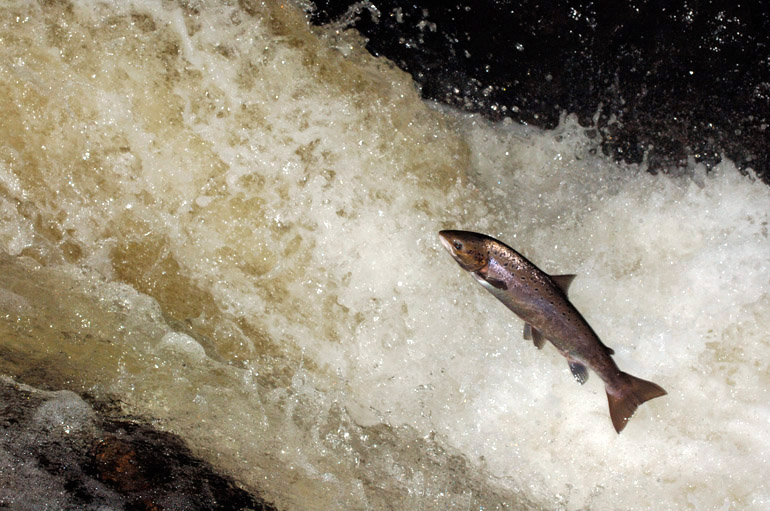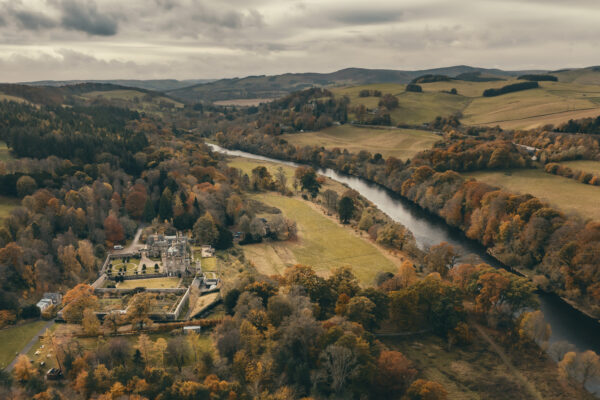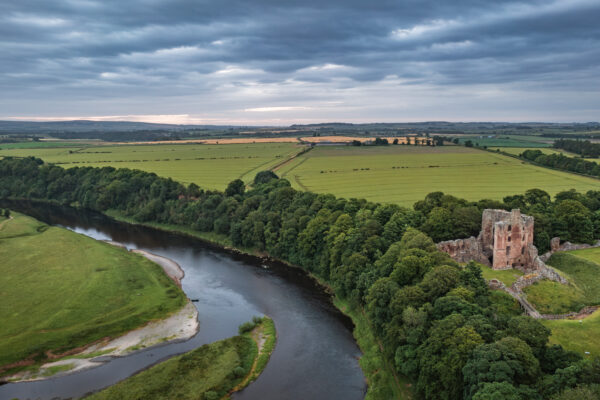The River Tweed is renowned for its world-class salmon fishing but, how much do you really know about this king of the river?
The salmon season on the River Tweed is one of the most extended in the UK running from the 1st of February to the 30th of November.
Atlantic salmon are one of the biggest species of salmon. The biggest rod-caught salmon ever recorded in Scotland was a whopping 64lb! Caught by Miss Georgina Ballantine in 1922 from the River Tay, this record still stands over a century later and is now displayed in Perth Museum.
Most populations hatch in streams and rivers and move out to sea as they grow where they then mature. Adults seasonally move upstream again to spawn making our rivers vital habitats and breeding grounds for these fish.
Salmon vary in colour based on age and environment. Young salmon live in fresh water where they have distinctive red and blue spots. When they reach the smolt stage and move from freshwater to feeding grounds in the sea, they develop the classic silver-blue sheen. The bright silver scales camouflage them in open water.
Salmon was a prize fish in medieval Scotland, as it still is today! In 1318, King Robert the Bruce passed legislation setting a minimum size for cruives, a wicker coop placed in a waterway for trapping fish, so that young fish were protected and not ‘impeded from ascending and descending’ along rivers. Today, the Tweed is governed by Angling Codes to ensure the proper protection and conservation of Salmon stocks.



